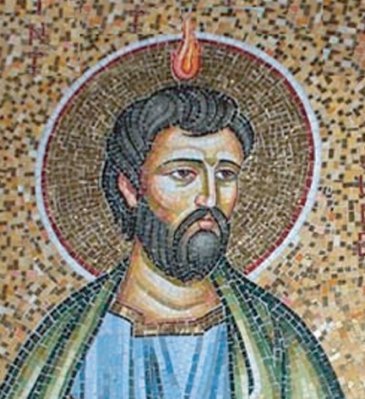Hey Jude!

 A while ago, I listed the questions and answers which I run through at the beginning of every Bible study, all of which relate to the New Testament. Since writing that series of posts, we have read through more books of the Bible: Jude, Colossians and Ephesians. It is therefore time to supplement the list of questions. Today I’d like to cover the questions surrounding Jude:
A while ago, I listed the questions and answers which I run through at the beginning of every Bible study, all of which relate to the New Testament. Since writing that series of posts, we have read through more books of the Bible: Jude, Colossians and Ephesians. It is therefore time to supplement the list of questions. Today I’d like to cover the questions surrounding Jude:
53. Who wrote Jude?
Jude, the brother of James (probably the bishop of Jerusalem) and kinsmen of Jesus.
54. When was Jude written?
Probably sometime in the 50s or 60s
55. With what other New Testament book is does Jude have a literary relationship?
Second Peter
56. What are themes of Jude?
There are two main themes:
1. Warning against false teachers
2. Exhortations to hold fast to the faith.
57. Jude gives lots of examples to drive home his points. From where does Jude draw these examples?
They come from three sources:
1. Old Testament stories
2. Stories found in non-canonicals works:
(a) The Assumption of Moses
(b) 1 Enoch and Jubilees
3. Apostolic Teaching
Over the next couple of weeks I’ll be adding questions for Ephesians and Colossians too. When those are done I’ll produce a vlog entry going through all of them
1-16 | 17-27 | 27-42 | 43-52 | 53-57 | 58-67 | 68-71
All Questions
